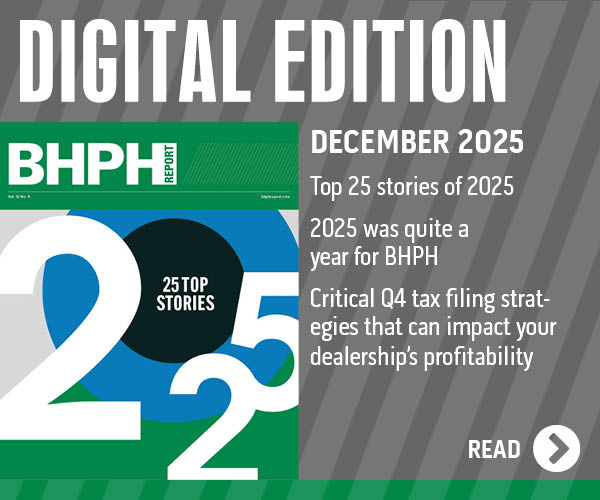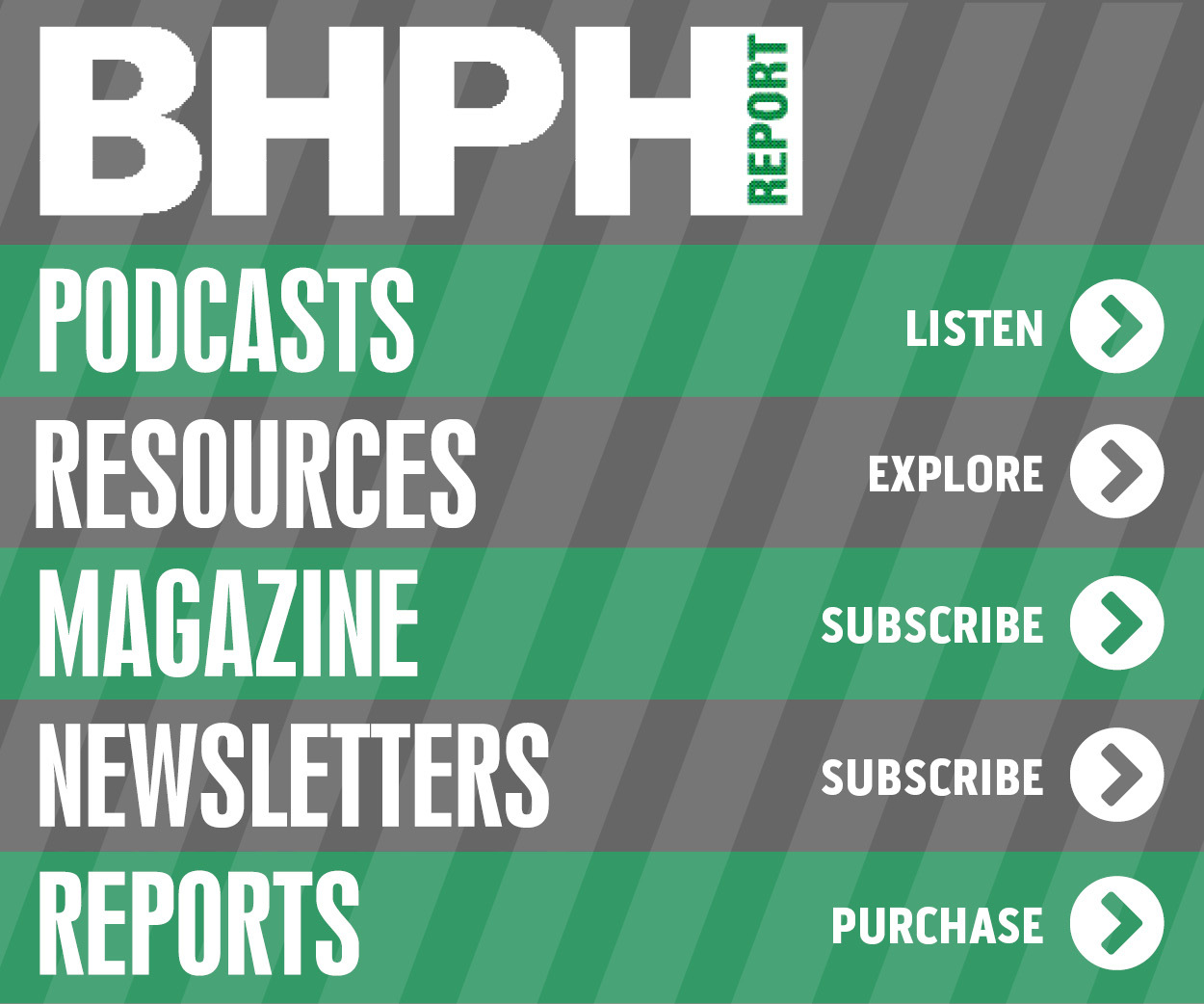NABD’s current view of the industry

By subscribing, you agree to receive communications from Auto Remarketing and our partners in accordance with our Privacy Policy. We may share your information with select partners and sponsors who may contact you about their products and services. You may unsubscribe at any time.
HOUSTON –
Leading into the 18th annual National Conference for BHPH hosted by the National Alliance of Buy- Here, Pay-Here Dealers, we spoke with Ken Shilson, the president and founder of NABD, about a host of issues impacting operators.
BHPH Report asked Shilson about the diminishing market presence BHPH dealers possess nowadays, how moves made by investment leaders on Wall Street are impacting dealers on Main Street, as well as some tidbits that dealerships can leverage during the second half of the year.
How are BHPH operators surviving the storm from subprime finance companies that seems to have been going on for several years now?
Based on numbers that Experian has provided through December 2015, it appears that buy-here, pay-here has lost about 40 percent of its market share to subprime finance companies, credit unions and franchised dealers. That’s a pretty big slice out of the market, and therefore it has to result in some adjustments. One of the big adjustments is in order to survive today you have to have financial flexibility and capital availability. You have to get your financial house in order to be able to weather the Storm, so to speak, where all this competition is going on. If you to sell a car today to pay the bills tomorrow you’re in deep trouble because it’s going to take time for us to regain our market share. It’s not going to come back automatically.
You must have a compliance focus today. That’s because in the past the industry has not been scrutinized the way it is now. You cannot ignore that big brother is looking. You can’t ignore it. Whether you’re big or small, or in between, you better get your compliance management system in place.
You have to have consistent underwriting. Trying to match what Wall Street is doing, what franchised dealers are doing and what credit unions have done is not smart. What is smart is to keep a consistent underwriting approach and follow your business model. I have a saying: Never match underwriting with stupidity. If you try to do it, you’ll end up with disastrous results. You need to be consistent and disciplined in your underwriting.
Subscribe to Auto Remarketing to stay informed and stay ahead.
By subscribing, you agree to receive communications from Auto Remarketing and our partners in accordance with our Privacy Policy. We may share your information with select partners and sponsors who may contact you about their products and services. You may unsubscribe at any time.
You need to get efficient by embracing technology. With the loss in market share, you have to reduce your costs. You have to operate more efficiently in order to operate more profitably. In other words, you need to be able to do more with less. Th e good news is that once the industry rebounds you’ll make that much more money because you’ve already streamlined things to be more profitable.
No need for specific numbers, but what’s your assessment as to how many good operators have departed the business in the last couple of years? What void is it leaving?
I think that’s a great question and no one has asked me that question before. It’s a very valid question. My answer is none. No good operators have left the business because good operators understand that it’s a marathon, not a 100- yard dash. They’re prepared to stay the course. Operators. What we’ve lost is people who were over-leveraged, who didn’t discipline themselves properly, who tried to match underwriting with stupidity, who didn’t get compliant, who didn’t do any of the things that I just said.
They continue to fail. They will continue to fail as long as they don’t have a long-term plan. I know these guys. I know who the good operators are, not based on subjectivity but based on performance. They’re all still there.
Both Fitch Ratings and Moody’s have shared reports this year about the deterioration of subprime auto ABS. What’s your reaction to the concern shown by Wall Street?
I have been tracking this for two years now. I talk with Wall Street people who are both investors and securitizers. I have said for the last year, maybe the last 18 months, that there are some deep subprime securitizations that were poorly put together and poorly structured. To that end, they are starting to fail. What I mean by that is the securitizers who had no experience in the underwriting or collection of this kind of paper, those who did not structure deals where they matched the right vehicle with the right customer, are failing and will continue to fail. Not all securitizations are bad. Th ere are many that are performing well. Those people who structured them right and those people who did do the right matching process, that paper continues to perform. But I think in the months ahead more of these poorly structured ABS transactions are going to surface. Th is is going to create an enormous opportunity for the buy-here, pay-here industry to get the customers and those vehicles back from the defaults that come out of these poorly structured deep subprime deals.
At the federal level, how informed — or misinformed — are regulators and lawmakers when it comes to how BHPH dealerships operate? What can be done to improve the situation?
There are some regulators that I would consider to be fairly well informed and others who are not. I don’t think it’s fair to generalize one way or the other. What I would say is the key To this is a continuing communication, which needs to exist between the industry leaders and the regulators to try to help more of them to have a clearer understanding of the importance of subprime auto finance industry in America today. How important of a source of transportation it is? Now at the end of the day as the leaders step up to do that — and I want to applaud NIADA’s efforts through their leadership conferences that NABD totally supports — it’s not going to be what NIADA does or what NABD does, it’s what the individual operators do. We’re going to be judged by their actions. If the industry is waiting for us to make all of the problems go away, that’s not going to happen. They’ve got to take compliance seriously. They’ve got to operate properly within regulatory constraints to do the right things or suffer the consequences.
The NABD is approaching 20 years of hosting the National Conference. What’s your assessment of the journey not only for the organization but for the BHPH industry during that span?
We want to thank the tremendous support from the many operators in the industry and other, our sponsors, people who are involved in the industry who have embraced and supported us over that journey. To them I say this: Buy-here, pay-here is a vital source of transportation in America. Without the buy-here, pay-here industry, millions and millions of Americans would not have any transportation at all and would have difficulty working and living. Buy-here, pay-here is a critical component of the American transportation system. Our consumers are car dependent.
Now NABD has championed the cause for the self-financed, buy-here, pay-here operators throughout its entire existence. We believe that the industry continues to need that type of representation. At the end of the day, we believe that the education and the training that we’re providing and offering have never been more important in this journey. The journey is not over. The journey continues.
What pearls of knowledge and wisdom would you like to leave with BHPH operators going into the second half of 2016?
I urge operators to stay the course, to get their capital and financial flexibility in order to continue in the highly competitive environment of today. I urge them to reconnect with their customers, which will help them regain market share. I urge them to take compliance very seriously and to get a compliance management system in place.
I would also say to them if they are not willing to get the education and training necessary to help them do those things, they need to expect the worst results. We’re at a time where you have to have more skill and more knowledge to navigate the course successfully than ever before. That cannot be attained by doing the same old things every day and expecting a different result.


